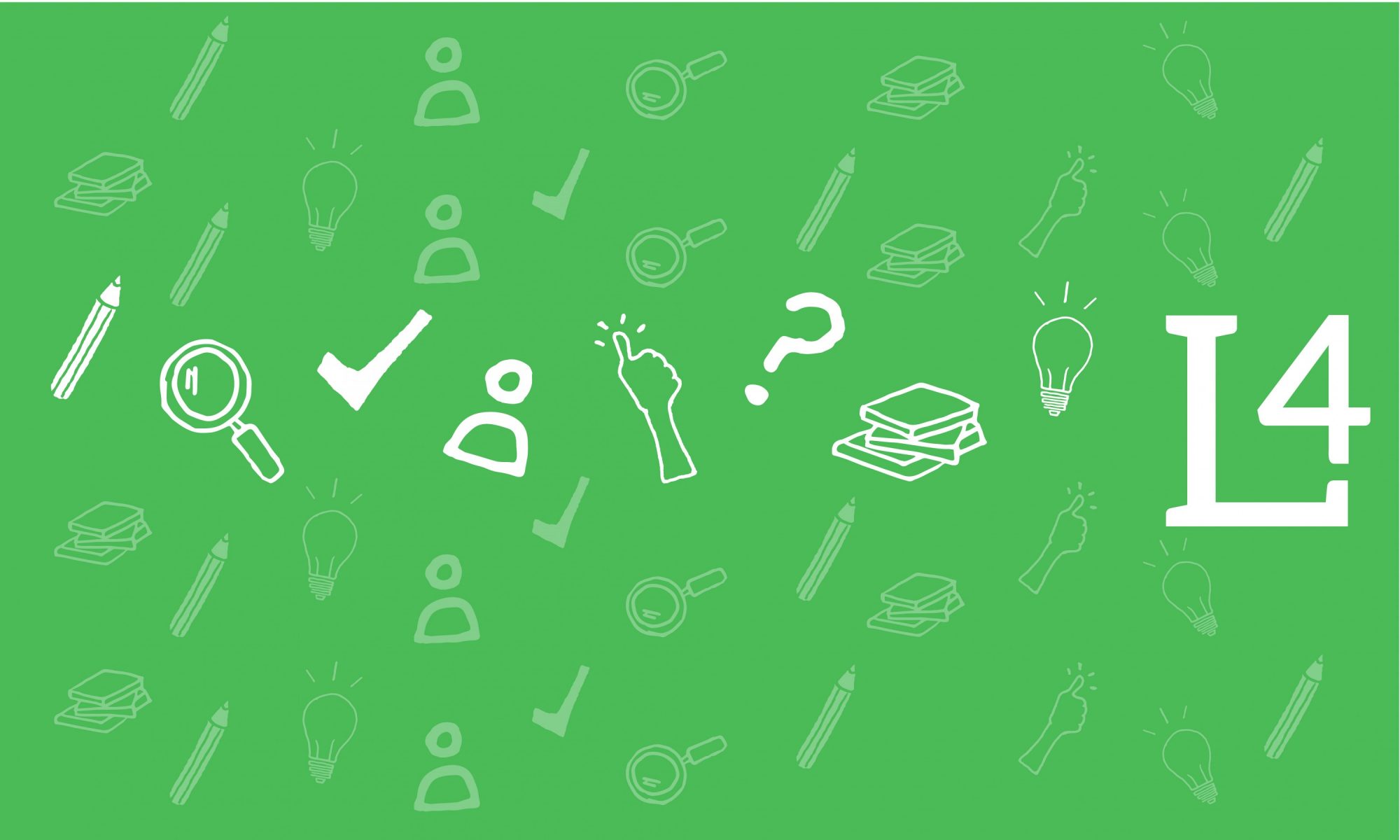The use of annotation in reviewing class readings.
Charisse Marshall DSW, LCSW
Human Services-School of Professional Studies
HUS 1101-Introduction to Human Services
Activity Description: Provide a brief description of the activity
The use of annotation in reviewing class readings.
What is Annotation?
An annotation is a note or comment added to a text to provide explanation or criticism about a particular part of it (Dictionary.com-2023). In a diverse world, annotation allows students to explore their individual interpretations of classroom materials and assignments, in other words “what does this mean in my world?”. Annotation allows students to explore their perceptions while reviewing reading materials for classroom assignments.
Topic-The History of Advocacy in Human Services
Poverty in 1601 vs Poverty/Social Disparities in 2023
Chapter 3 Woodside, M. & McClam, T. (2019) 9th Ed.
An Introduction to human services. NY: Brooks/Cole Publishing Co.
General Education Standards explored:
Knowledge, Skills, Values, and Awareness of Diversity.
The purpose of this lesson was to expose students to the first public laws developed to aid and assist the poor and underprivileged.
-The Elizabethan Poor Laws were passed as a response to the increasing number of poor people in Great Britain in 1601.
*Making the connection between life in 1601 and modern day life in 2023. What do students think social problems were like in England in 1601 versus modern day issues (micro/macro communities)?
• Law passed as the number of poor increased.
• Compulsory taxation to raise funds to help the needy.
• Classification of dependents according to ability to work: children, the able-bodied, and the “impotent poor”.
• Responsibility for those in need was first with the family and then with the government.
Learning Goals: What do you aim to achieve with this activity?
General Education Standards explored:
Knowledge, Skills, Values, and Awareness of Diversity.
The purpose of this lesson was to expose students to the first public laws developed to aid and assist the poor and underprivileged.
Students were introduced during the lesson to the following ideas:
Modern Day Movements
Public Welfare
Private Sector/Non-Profit Support Programs
The role of advocacy in human services in a modern day context.
Timing: At what point in the lesson or semester do you use this activity? How much classroom time do you devote to it? How much out-of-class time is expected?
This is a week 4 assignment. This assignment was given after one full month of the semester in order for students to feel comfortable sharing their views. The assignment The assignment consisted of quiet reading time, completing the annotation independently and then class discussion. A total of 90 minutes. Students were very enthused, especially when cinema was incorporated such as "Bridgerton".
Logistics: What preparation is needed for this activity? What instructions do you give students? Is the activity low-stakes, high-stakes, or something else?
This is an interactive low stakes assignment which is used to introduce a high stakes assignment-discussion of the Final Term Paper on a social issue of the students choice. The instructor has to select the reading and any supplemental resources which will be used during the assignment (such as video clips).
Assessment: How do you assess this activity? What assessment measures do you use? Do you use a VALUE rubric? If not, how did you develop your rubric? Is your course part of the college-wide general education assessment initiative?
Rubric-
Low Stakes Assignment-Level of Engagement
5 Points-Students Did Not pose any Questions
10 Points-Posed some questions but did not evoke discussion.
15 points-Posed Relevant questions during class discussions.
20 points-Posed 2 relevant questions which provoked discussion.
Reflection: How well did this activity work in your classroom? Would you repeat it? Why or why not? What challenges did you encounter, and how did you address them? What, if anything, would you change? What did students seem to enjoy about the activity?
The assignment was well received. I think next time I will ask students to submit a video clip which illustrates their personal perceptions of modern day poverty.
Themes/Perceptions of Students during this lesson:
Students learned the word/term “pauperism”, explored the meaning of poverty.
Treatment of the Poor and Indigent (Public, Private, and Religious Based Social Services) in 1601.
Mental Health Services 1601 vs Mental Health Services 2023
What do you think poverty looked like in 1601?
Additional Information: Please share any additional comments and further documentation of the activity – e.g. assignment instructions, rubrics, examples of student work, etc. These can be links to pages or posts on the OpenLab.
Living General Education
Spring 2023
Charisse Marshall, DSW, LCSW
Human Services Department
The use of annotation in reviewing class readings.
What is Annotation?
An annotation is a note or comment added to a text to provide explanation or criticism about a particular part of it (Dictionary.com-2023). In a diverse world, annotation allows students to explore their individual interpretations of classroom materials and assignments, in other words “what does this mean in my world?”. Annotation allows students to explore their perceptions while reviewing reading materials for classroom assignments.
Low Stakes Assignment-This is an example of a low stakes assignment used to introduce a high stakes assignment.
Topic-The History of Advocacy in Human Services
Poverty in 1601 vs Poverty/Social Disparities in 2023
Chapter 3 Woodside, M. & McClam, T. (2019) 9th Ed.
An Introduction to human services. NY: Brooks/Cole Publishing Co.
General Education Standards explored:
Knowledge, Skills, Values, and Awareness of Diversity.
The purpose of this lesson was to expose students to the first public laws developed to aid and assist the poor and underprivileged.
-The Elizabethan Poor Laws were passed as a response to the increasing number of poor people in Great Britain in 1601.
*Making the connection between life in 1601 and modern day life in 2023. What do students think social problems were like in England in 1601 versus modern day issues (micro/macro communities)?
• Law passed as the number of poor increased.
• Compulsory taxation to raise funds to help the needy.
• Classification of dependents according to ability to work: children, the able-bodied, and the “impotent poor”.
• Responsibility for those in need was first with the family and then with the government.
Themes/Perceptions of Students:
Students learned the word/term “pauperism”, explored the meaning of poverty.
Treatment of the Poor and Indigent (Public, Private, and Religious Based Social Services) in 1601.
Mental Health Services 1601 vs Mental Health Services 2023
What do you think poverty looked like in 1601?
Making Modern Day Connections to cinema such as “The Crown”, “Meghan and Harry”, and “Bridgerton”.
Students were introduced during the lesson to the following ideas:
Modern Day Movements
Public Welfare
Private Sector/Non-Profit Support Programs
The role of advocacy in human services in a modern day context.
Please share a helpful link to a pages or post on the OpenLab



